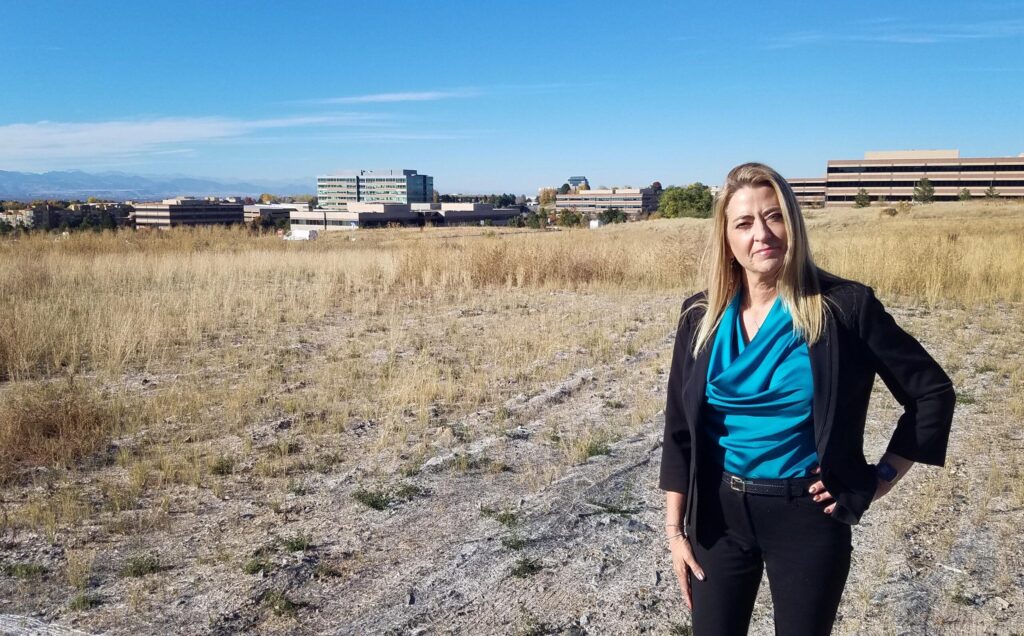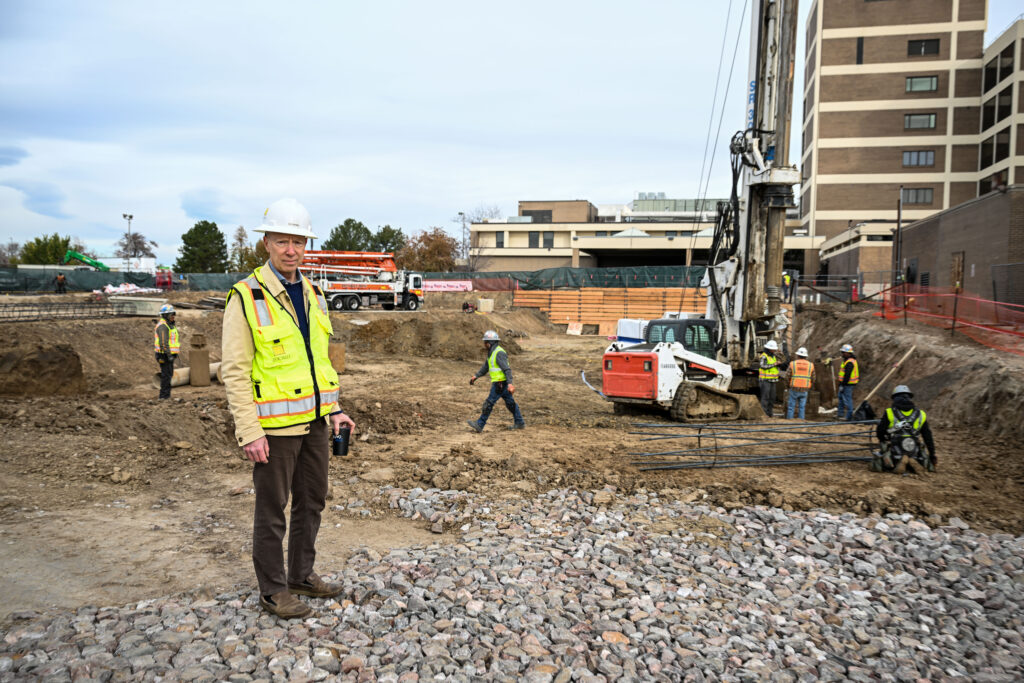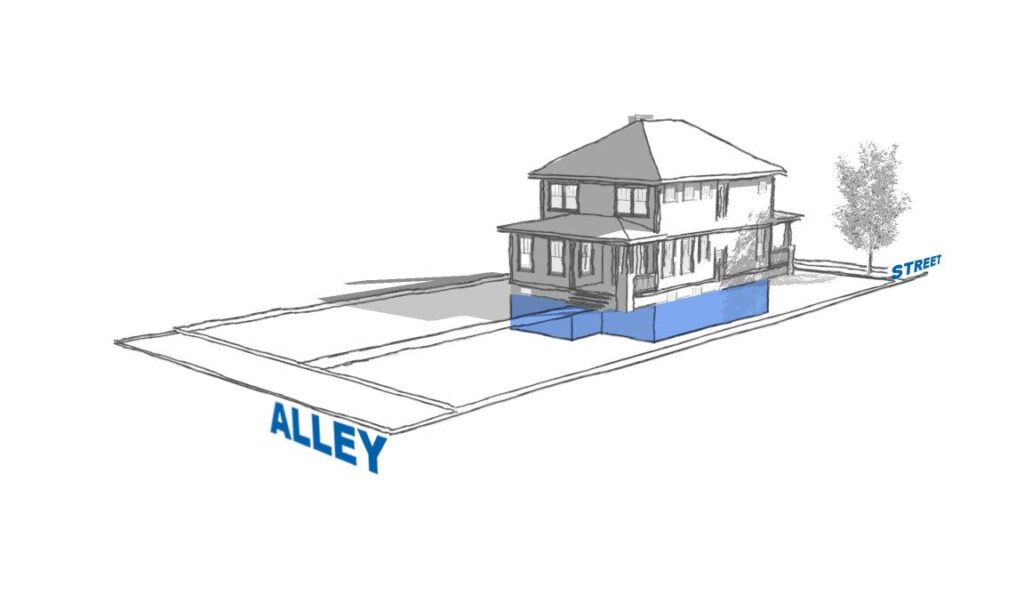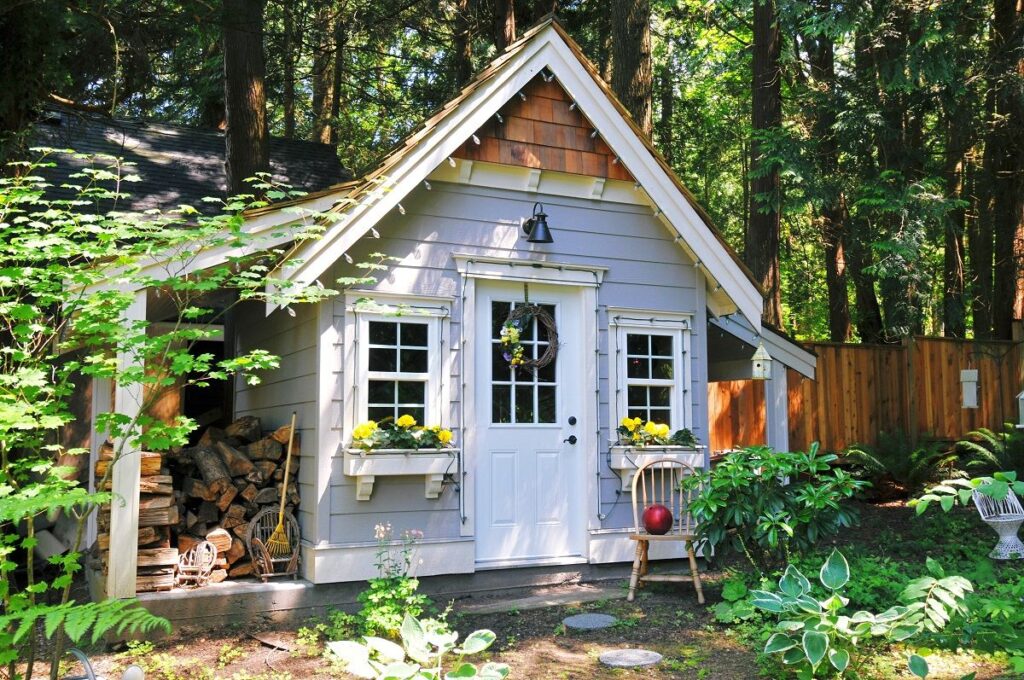Poll shows voters support local governments — not the state — on affordable housing solutions

A new poll shows that Coloradans largely want to see their local governments do more on the issue of affordable housing and believe the state is not the right entity for handling those issues.
David Flaherty of Magellan Strategies said the poll, which surveyed 779 registered voters last month, looked at many of the housing and land use policies debated in the legislature’s 2023 session.
Those included the land use legislation supported by Gov. Jared Polis, which, as introduced, would have stripped local governments of their authority on land use policies, such as density and zoning.
The Senate, with support from a handful of Senate Democrats, took out the bill’s language around removing land use control from local governments. In the House, Democrats restored most of what was taken away.
The measure, Senate Bill 213, died on the final day of the session. While the bill never came back up in the Senate for a final vote or even a question around whether to send it to a conference committee, at least a half-dozen Senate Democrats indicated they would not support the House’s version, which would have been enough to kill the bill.
A second measure, House Bill 1255, did make it to the governor’s desk. That law removed “growth caps” for local communities, including those already in place in Golden, Boulder and Lakewood.
A third bill, House Bill 1155, would have lifted the state’s prohibition against rent control. It failed in a Senate committee.
Most respondents believe the availability of rental and homeownership opportunities is a “big” problem in their local communities, with 56% agreeing it is a big problem and 22% who said it is somewhat of a problem. Among those who rent, however, 77% believed it is a major problem.
Across regions of the state, those who live in Congressional District 2 see it as a major problem (67%), as did residents of CD3 (65%).
But respondents also said residential housing growth and development is moving too fast, with 55% agreeing with that statement. Regionally, those in CD4 covering Colorado’s eastern plains, at 74%, said growth and development are moving too fast, and 70% in CD5, which covers Colorado Springs, said the same.
Among the survey’s findings: 73% believe local government should do more on their community’s affordable housing policies but the same number said they do not think their local affordable housing and land use policies are working. At the same time, respondents also said (67%) the state should do more on affordable housing policies.
Regardless, respondents said they are more likely to trust their local governments to handle affordable housing, not the state government, by a margin of 48% to 29%. Similar results were found when asked who they would trust on land use decisions, with local government on top by a margin of 54% to 28%.
Only 26% believe affordable housing and land use policies determined by the state are more effective than local government policies in addressing the affordable housing problem. Another 49% said local government is more effective.
Among the reasons cited by the 26% are NIMBYism – “not in my backyard”; that the state has the bigger picture in mind; and, that affordable housing is a statewide problem that required statewide solutions.
The 49% cited the state’s lack of understanding of local issues, “a lack of trust and fear that state policies are too overreaching and will cause harm to local communities, and that a one-size-fits-all approach won’t work,” the poll said.
Barely half of respondents said they are happy with their own housing situation, with 33% very satisfied and 28% somewhat satisfied.
Dramatic differences were seen on how people feel about their own housing situations, depending on whether a respondent rent versus owning a home. Renters expressed deep dissatisfaction, with only 8% saying they are very satisfied and 27% somewhat satisfied. For homeowners, 50% said they are very satisfied and 30% somewhat satisfied.
Reactions were evenly divided on policies tied to allowing for multi-unit housing on lots zoned for single-family houses. In SB 213, that included, duplexes, triplexes and ADUs, which are accessory dwelling units – smaller housing units that can look like a converted garage, so-called “granny flats” or stand-alone units.
The survey found 46% of respondents would support a state policy to prohibit local governments from restricting construction of multi-unit housing on residential lands, with 47% opposed.
Notably, residents of CD1, CD6 and CD7, some of the state’s most densely-populated areas with metro Denver included, are most supportive, by 55% or more, of those policies.
Reasons cited included the need for affordable housing, a desire for a “diverse” mix of housing types, and that local governments should not be involved in this policy.
A Republican man in Adams County told interviewers: “Because the state has to continue to grow, every single Coloradan cannot have their own single-family home in the metro area. It’s not mathematically possible.”
Those who oppose the policy cited the effects on housing values and the strain multi-unit housing would put on local infrastructure not designed to handle it, such as water and sewer systems.
But a “whopping” 81% of respondents also strongly agreed with the viewpoint that local communities have negative attitudes toward multi-unit residential developments. A majority (54%) also agreed that residential zoning and land use policies have been used to discriminate against minorities and low-income individuals.
As to HB 1255, respondents were almost evenly divided on their support, with 44% who like it and 47% who oppose it.
Another facet of SB 213 was housing built near “transit corridors,” such as train and bus stops. Respondents generally like the idea, with 69% in support. A similar number (74%) supported requiring local governments to have affordable housing and adequate water sources, including where that water would come from, including in community master plans.
And while the Senate put an end to the bill on rent control, respondents largely favor it, with 60% who said they supported local community rent control and 32% opposed.
As to what’s causing the problem, 83% said pointed to people moving to Colorado and the effect of inflation on labor and housing materials.
Polis spokesman Conor Cahill said Tuesday: “The governor agrees that neither state nor local governments have been effective at removing bureaucratic barriers to more housing. He wants to ensure that homeowners and property owners have less red tape to deal with, reducing costly delays and allowing more homes to be built, especially near job centers.”
Cahill pointed out that Polis traveled around the state earlier this fall to listen to Coloradans on the housing issue and that, in every session, “it was clear that the No. 1 issue facing Coloradans is the cost and availability of housing.”
“Coloradans believe that even if the housing crisis is not affecting them today, it could be tomorrow or will in the future – they worry about their kids being able to afford housing or their aging parents being able to downsize,” Cahill said. “Neither local government nor the state can solve our housing crisis alone and the Governor is committed to working with the legislature so we can solve the housing crisis together.”
The Magellan poll is the latest to survey Coloradans on the issue of housing.
In July, a BSP Research survey of 1,600 Latino registered voters showed 85% saying state and local officials should focus on housing near jobs, schools and service. Another 81% called for state action on affordable housing. That poll had a margin of error of plus-minus 2.4 percentage points and oversampled in rural areas to allow pollsters to compare results across four main geographical regions of the state and congressional districts, when possible.
The Magellan survey, conducted between Sept. 5-17, has a margin of error of plus-minus 3.51 percentage points at the 95% confidence interval. Survey data were weighted to be representative of the voter registration demographics for the state.










